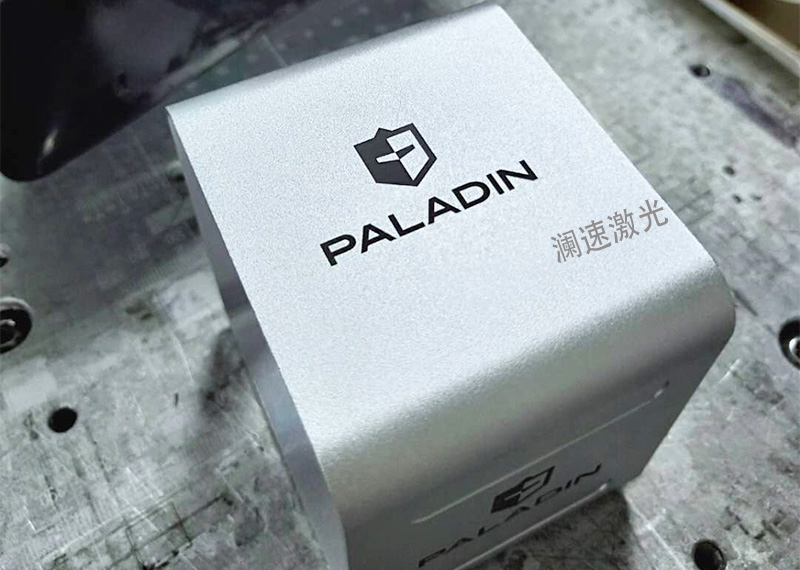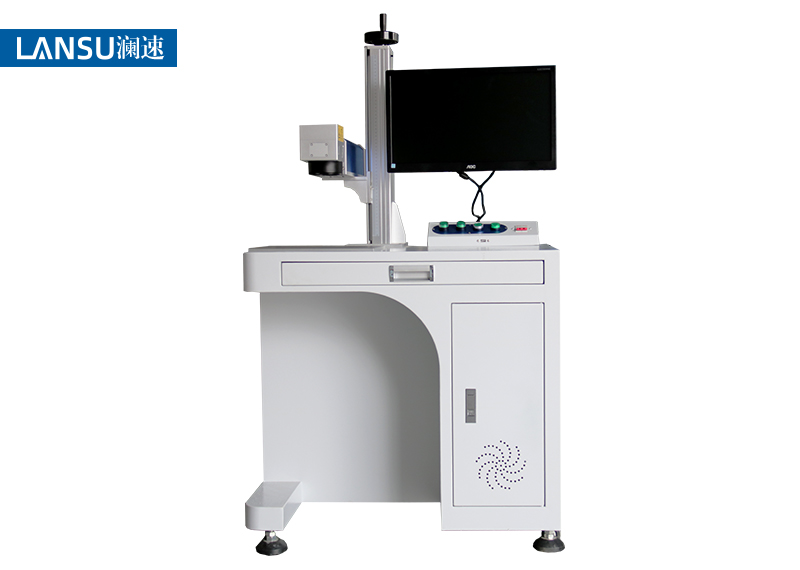Alumina is a kind of high hardness compound, is a stable oxide of aluminum, because of its high temperature resistance, good thermal conductivity is often used in battery manufacturing, pharmaceutical manufacturing, construction industry, chemical industry, environmental protection and other industries, because of its particularity, want to carve on alumina, there are many users do not know laser marking function in the above identification of black graphics.

Laser marking machine in alumina blackening mainly includes the film thickness of the oxide layer of alumina, as well as the surface treatment process, generally speaking, the film thickness is 5-20um, the thickness of the film directly determines the effect and efficiency of black, generally the film thickness is easier to black in 10-20um, when the film thickness is less than 8um, the oxide film is too thin, easy to break, and the phenomenon of white spots appears. It is necessary to increase the pulse frequency and increase the filling density.
Enumerating the black LOGO on the back cover of the mobile phone that we often see, gives us the feeling that the ink is printed on, in fact, it is not, neither ink nor screen printing, but the use of laser marking machine for optical processing, the marking principle is through focusing the laser with high energy density, In a very short period of time, the alumina layer with a film thickness of 5-20um is further oxidized and the mechanism of the surface material is changed. The principle of aluminum blackening is based on the nano effect. Since the oxide particle size is nanometer after laser treatment, the absorption performance of the substance is increased, so that the visible light is irradiated to the substance and is absorbed, and the visible light reflected is very little. Thus, the naked eye can see it as black, so it is called alumina black.
The use of laser marking machine to identify black trademarks, models, graphics, logos and other technologies on the material of alumina has been used by many electronic industries, which can not only meet the needs of content identification, but also play a role in anti-counterfeiting, and make outstanding contributions to the development of the electronics industry.






